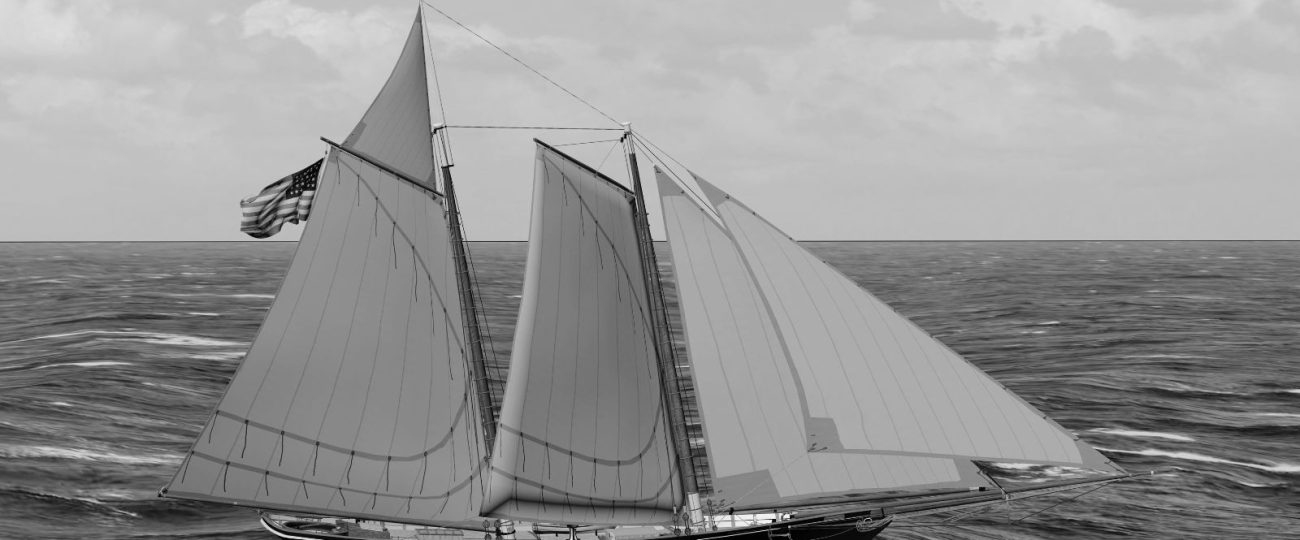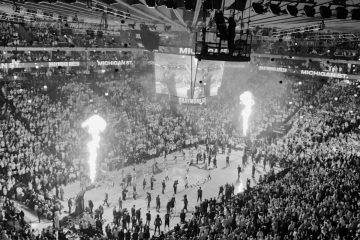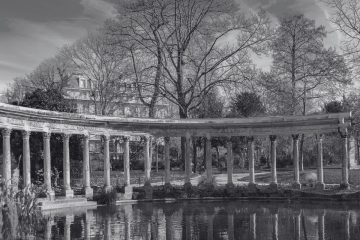What Happened On August 22nd?
On August 22, 1851, the waters off the Isle of Wight became the stage for a yacht race that laid the foundation for the America’s Cup, one of the oldest and most prestigious sporting events in the world. The Royal Yacht Squadron organized the race, originally known as the “One Hundred Sovereign Cup,” as part of the Great Exhibition, a grand showcase of British maritime skills. However, by the end of the day, the event was remembered not for British dominance but for the stunning victory of an American schooner aptly named America.
As dawn broke over the Solent, the narrow strait between the Isle of Wight and the southern coast of England, excitement filled the air. Eighteen yachts, including some of Britain’s finest vessels, lined up for the start of the race. Among them stood the America, representing the New York Yacht Club. George Steers designed the America, and a group led by John Cox Stevens financed its construction. The America featured innovative design elements that soon proved decisive. British yachting enthusiasts, filled with national pride, expected their fleet to demonstrate their maritime superiority.
The racecourse circled the Isle of Wight, a challenging route that tested both the sailors’ skills and the boats’ capabilities. At precisely 10:00 AM, the yachts set sail from the Royal Yacht Squadron’s clubhouse at Cowes. The America quickly distinguished itself from the pack. The schooner’s captain, Richard Brown, made a smart decision to steer a course farther out to sea, avoiding the crowded waters near the shore where the British yachts competed for position. This move allowed the America to harness the full power of the wind and pull ahead of the competition almost immediately.
As the day went on, the America continued to outpace its rivals. It rounded the Needles—jagged rocks at the western tip of the Isle of Wight—well ahead of the other yachts. The British vessels, slowed by their more traditional designs and the crowded conditions near the coast, struggled to keep up. By the time the America crossed the finish line, hours ahead of its nearest competitor, the outcome was clear: the American schooner had won the race and done so with a dominance that left the British spectators in stunned silence.
Queen Victoria, who watched the race from the royal yacht, reportedly asked which yacht finished second as the America sailed past. The response, “Your Majesty, there is no second,” became legendary and captured the magnitude of the America’s victory. The race on August 22nd dealt a blow to British pride and began a new chapter in competitive sailing.
The America’s victory challenged the British view of their dominance in sailing and set a new standard for yacht design and strategy. The schooner’s sharp bow and smooth lines demonstrated how innovation drove success in competitive sailing. British shipbuilders and sailors quickly adopted these design ideas, leading to a wave of new developments in the yachting world. After the race, the use of iron ballast in yacht construction, a feature of the America’s design, became more common, enhancing stability and speed. The schooner also introduced a hollow bow, known as a “cutwater,” which helped reduce resistance and increase speed. This design element became influential in subsequent yacht designs.
The America’s Cup itself, a silver trophy crafted by London silversmith Robert Garrard, became a highly sought-after prize. The New York Yacht Club took the trophy back to the United States and renamed it the “America’s Cup” in honor of the winning yacht. The club donated the trophy under the condition that it remain available for international competition, making it a challenge trophy. This decision ensured that the America’s Cup became one of the most prestigious and fiercely contested prizes in the world of sailing. The rules governing the Cup’s defense and competition made it one of the most difficult trophies to win in sports. The trophy itself, a silver ewer, was originally intended as a prize for racing among the British fleet, but its capture by the America transformed it into a symbol of international rivalry.
The success of the American yacht symbolized the young nation’s growing industrial and technological strength. Although surprised by the defeat, the British quickly recognized the ingenuity behind the America’s design. This led to increased interest in American innovations, not just in yachting but in other areas of engineering and manufacturing. The race highlighted how global competition could drive technological progress across borders.
The yacht’s victory also inspired the development of the “Bermuda rig,” a type of sail plan that later became standard in competitive sailing. This rigging, influenced by the America’s efficient sail setup, allowed for greater speed and maneuverability.
After winning, the America’s owners sold it to an Irish nobleman, Lord John de Blaquiere, for £5,000, a large sum at the time. The schooner continued to sail under various owners, even serving as a blockade runner for the Confederacy during the American Civil War. Despite its storied history, the America eventually fell into disrepair and was destroyed by a hurricane in 1942.
The original America influenced later yacht designs and inspired the creation of the famous J-class yachts that dominated the America’s Cup races in the early 20th century. The yacht’s innovative design elements continued to influence naval architecture long after its final voyage, including in military shipbuilding during the late 19th century.





